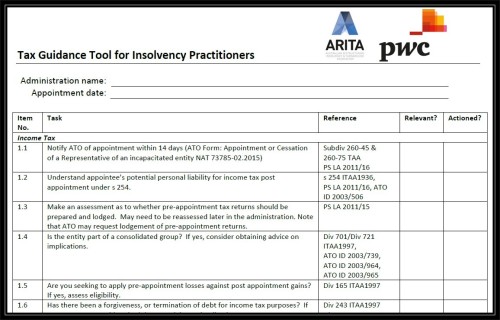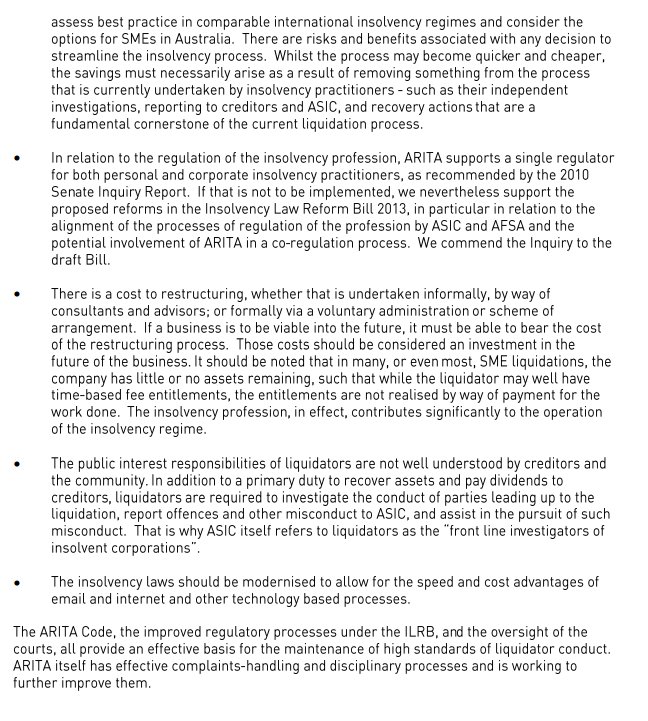In reporting on the results of an investigation into the conduct of a Victorian registered liquidator operating as a sole practitioner, the Australian Securities and Investments Commission (ASIC) has provided a list of procedures which the liquidator failed to carry out.
The catalogue serves both as a guide to some of the duties that ASIC regards as important, and as a reminder to liquidators.

Extract from ASIC Media Release 28 June 2017
ASIC’s concerns centred on alleged failures to:
- conduct pre-appointment independence reviews;
- send to third parties adequate ‘Day One’ correspondence;
- properly investigate company affairs;
- take steps to protect and secure assets in a timely manner;
- adequately investigate potential illegal phoenix activities and taxation offences of directors and their advisors;
- make sufficient requests of company officers for books and records;
- seek prompt assistance from ASIC under the Liquidator Assistance program where the company director or accountant failed to provide adequate books and records;
- undertake adequate review of voidable transactions, including unfair preferences and uncommercial transactions;
- lodge complete reports with ASIC;
- provide creditors with adequate reporting to enable informed assessment of remuneration requests and may have drawn remuneration he was not entitled to; and
- comply with legal requirements to document work undertaken.
Not each and every one of ASIC’s concerns were found in all of the external administrations reviewed.
ASIC Commissioner John Price said, ‘ASIC continues its focus on registered liquidators who fail to carry out their legal obligations to carry out adequate investigations and report fully to creditors, including in circumstances suggesting pre-appointment illegal activity.
‘Creditors have every right to expect registered liquidators to act independently and competently – especially given their role as a fiduciary. The community needs to have trust and confidence in the administration of insolvent companies.
‘ASIC will continue to review and take action against liquidators whom ASIC believes fall short of meeting legal and professional standards.’



 The following table sets out the proposed legislation by using extracts from the Bill and related official material.
The following table sets out the proposed legislation by using extracts from the Bill and related official material.

